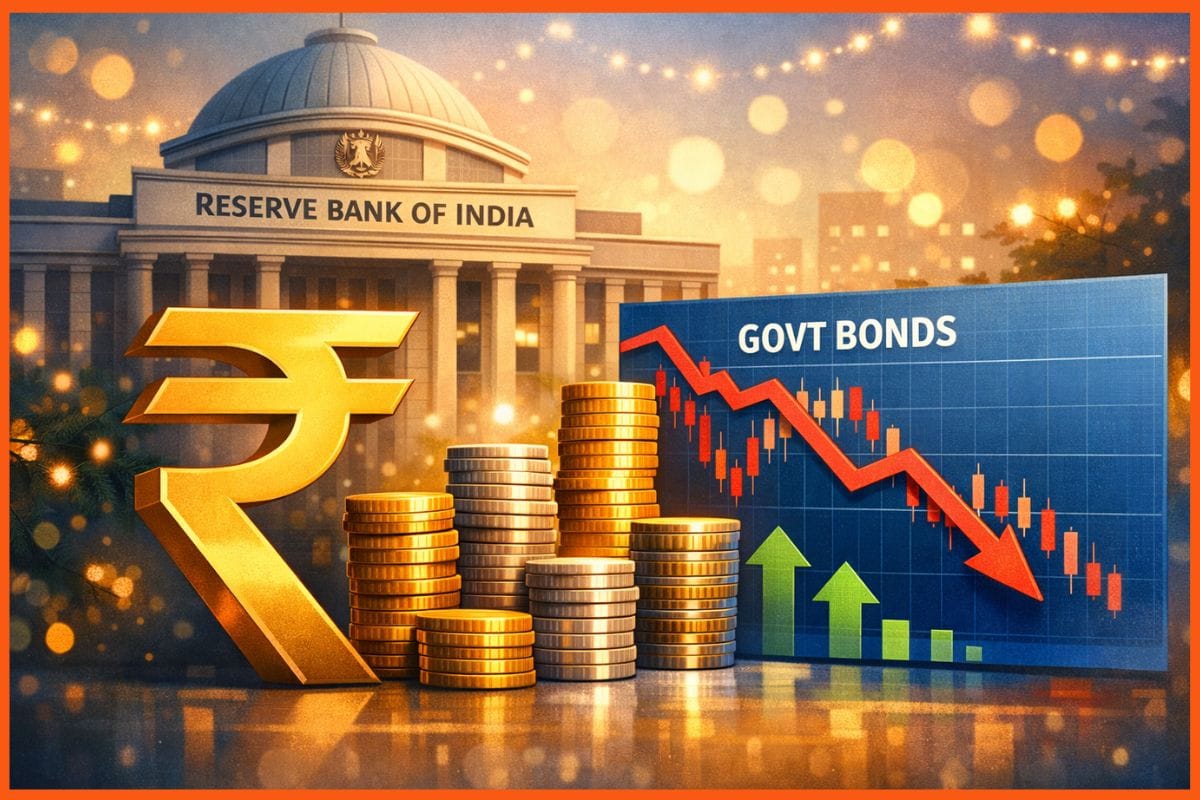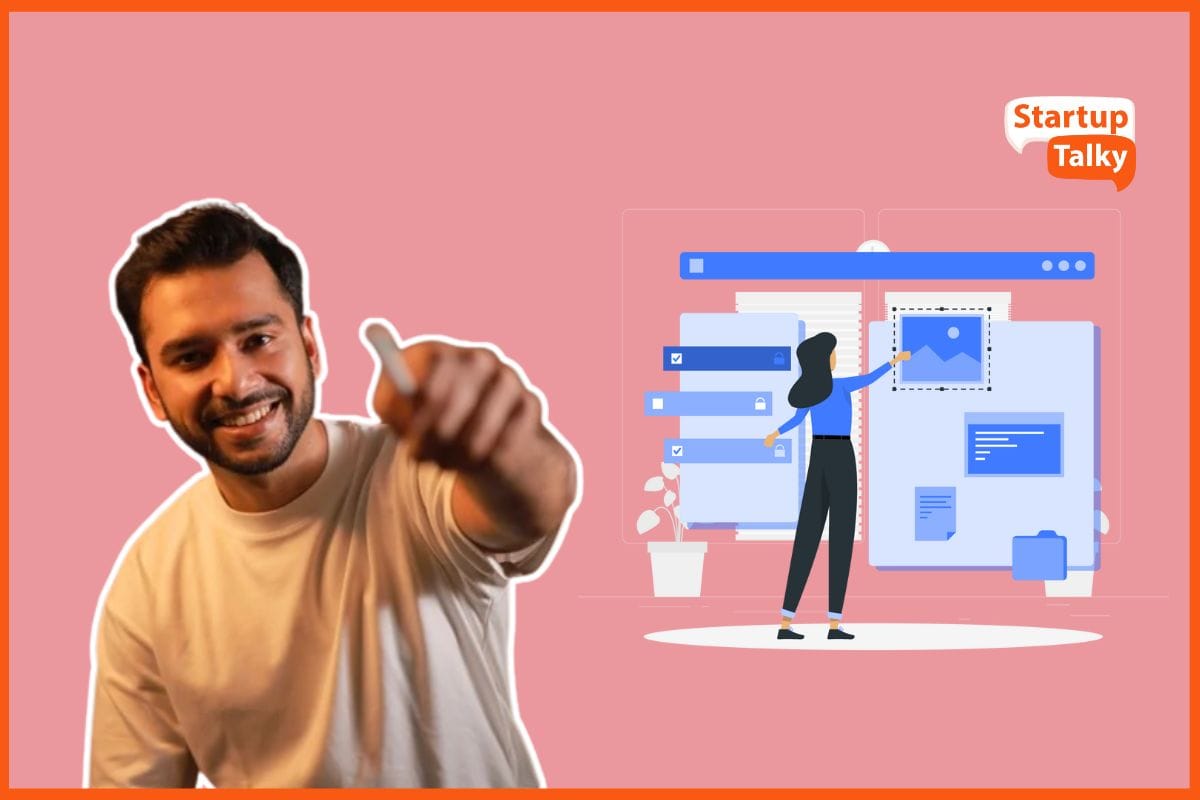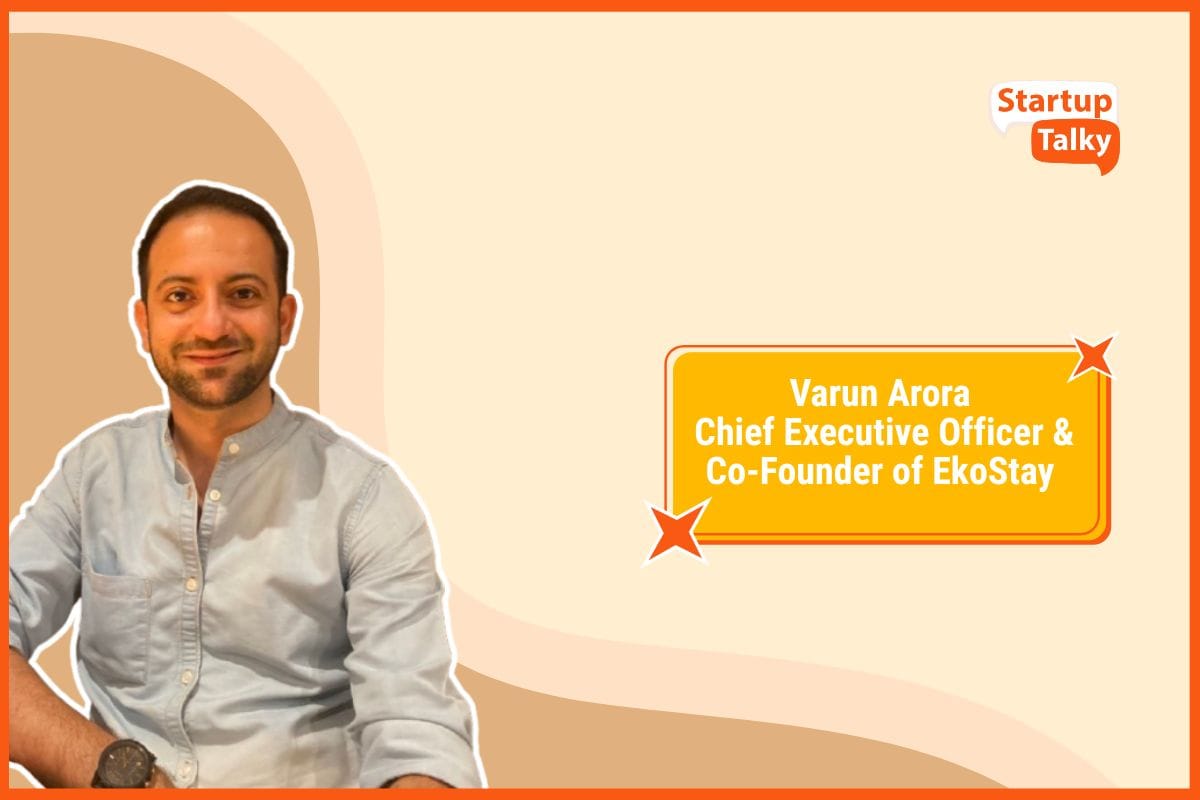Marketing Strategies of Walt Disney: Creating Magic, Crafting Success
🔍Insights
Walt Disney, the name that has become synonymous with the magic of entertainment, was founded in 1923 by the legendary Walt Disney and his brother Roy O. Disney. The company has since become a household name, offering unparalleled experiences in animation, theme parks, and media entertainment. With a rich history spanning almost a century, Walt Disney has revolutionized the entertainment industry, shaping popular culture and capturing the hearts of millions worldwide.
From the early days of Steamboat Willie, featuring the iconic character of Mickey Mouse, to the groundbreaking achievement of the first full-length animated feature Snow White and the Seven Dwarfs in 1937, Walt Disney has consistently raised the bar for creativity and innovation. The company’s timeline is replete with blockbuster hits like The Lion King, Frozen, and Avengers, which have earned billions of dollars in sales and cemented Disney’s position as a powerhouse in the global entertainment industry.
The company’s acquisition of Marvel Entertainment, Pixar Animation Studios, and Lucasfilm Ltd. has further expanded its reach and solidified its position as a major player in the entertainment industry.
Walt Disney’s market share is staggering, with a presence in every facet of entertainment, from theme parks to streaming services. The company’s current position in the market is unrivaled, with an annual revenue of over $65 billion, making it one of the largest media conglomerates in the world.
But the success of Walt Disney is not just measured in numbers. The company’s achievements are marked by its ability to capture people's imaginations across generations, delivering stories that inspire, entertain, and touch hearts. This is largely due to its groundbreaking marketing strategies that have become a hallmark of the Disney brand. From the creation of iconic characters to theme park experiences, Disney has always been at the forefront of marketing, capturing the attention of audiences worldwide with its unique blend of creativity and innovation.
Walt Disney’s impact on the entertainment industry is immeasurable, with a legacy that continues to shape popular culture. Its legacy lives on as a testament to the power of creativity, imagination, and hard work. The company’s impact on the entertainment industry cannot be overstated, and its continued success is a testament to the enduring appeal of its timeless characters and stories.
Walt Disney - Target Audience
Walt Disney - Marketing Mix
Walt Disney - Marketing Campaigns
Walt Disney - Marketing Strategies
Walt Disney - Target Audience
Who doesn’t love a good Disney story? From young children to adults, the Walt Disney Company has managed to capture the hearts of audiences of all ages and backgrounds. But who exactly is the target audience for Disney’s products and experiences?
Disney’s primary audience is families with young children. This includes parents, grandparents, and caregivers who are seeking wholesome and entertaining content that is appropriate for all ages. However, Disney’s appeal extends beyond just families. The company also targets teens and young adults through its Disney Channel and Marvel franchises, as well as older adults who have a nostalgia for classic Disney films and theme park attractions.

Disney has a global reach, with a presence in nearly every corner of the world. The company tailors its products and experiences to specific regions and cultures, recognizing that different audiences have unique preferences and expectations. For example, Disney’s theme parks in Asia incorporate more cultural elements and themes specific to those regions.
Disney’s target audience is not just limited to its entertainment offerings but also extends to its consumer products division. The company’s merchandise appeals to a broad range of demographics, from children and families to adult collectors. Disney also recognizes the importance of inclusivity and diversity in its products and marketing, making efforts to represent a variety of cultures, ethnicities, and identities.
The Walt Disney Company has a diverse and far-reaching target audience that spans across demographics and geographic locations. The company’s ability to create content and experiences that resonate with such a wide range of people is a testament to its success and enduring appeal.

Walt Disney - Marketing Mix
The Walt Disney Company is no stranger to successful marketing. With a brand as iconic as Mickey Mouse, the company has mastered the art of creating magical experiences for its audience. But how exactly does Disney achieve this? The answer lies in its marketing mix.
The marketing mix is a set of tools and tactics that companies use to promote and sell their products or services. Disney’s marketing mix consists of four main components: product, price, promotion, and place.
Product
Disney’s products are its movies, TV shows, theme parks, and consumer products. The company is known for its high-quality content that appeals to audiences of all ages. Its focus on storytelling and its ability to create relatable and endearing characters has been key factor in its success. Disney has leveraged its intellectual property to create a wide range of merchandise, from toys and clothing to home decor and collectibles.

Price
Disney’s pricing strategy varies depending on the product and the target audience. For example, ticket prices for its theme parks can be quite expensive, but the company offers discounts and promotions to make it more accessible to families. Similarly, Disney’s consumer products range from affordable items like keychains and stationery to high-end items like designer handbags and jewelry.

Promotion
Disney is a master of promotion. The company utilizes a variety of tactics to create buzz around its products and experiences. This includes traditional advertising like TV commercials and billboards, as well as more innovative approaches like social media campaigns and experiential marketing. Disney also partners with other brands to create co-branded products and experiences, further extending its reach and appeal.
Place
Disney’s products and experiences are available in a variety of places, including its theme parks, retail stores, and online. The company has strategically placed its theme parks in locations that are easily accessible to its target audience, and its retail stores can be found in major shopping centers around the world. Disney has also invested heavily in its online presence, offering a variety of digital experiences and merchandise through its website and mobile apps.
Disney’s marketing mix is a testament to the company’s ability to create a cohesive and memorable brand experience. By carefully crafting its products, pricing, promotion, and place, Disney has built a loyal following of fans who eagerly await the next release or announcement.
Walt Disney - Marketing Campaigns
The Walt Disney Company has had countless successful marketing campaigns over the years. Here are just a few of its most memorable:
Share a Coke with Mickey and Minnie
In 2018, Disney partnered with Coca-Cola to create custom Coke bottles featuring Mickey and Minnie Mouse. The campaign encouraged consumers to share a Coke with their favorite Disney character and generated a lot of buzz on social media.

Dream Big, Princess
This ongoing campaign features inspiring messages and images of Disney princesses, aimed at empowering young girls to follow their dreams and be their best selves. The campaign includes merchandise, events, and social media content.
Unforgettable Happens Here
This campaign was launched in 2015 to promote Disney’s theme parks. The campaign featured a series of commercials showcasing magical moments that can only happen at Disney parks. The ads were emotional and relatable, striking a chord with viewers.
Frozen 2
Disney’s marketing for the sequel to the wildly popular “Frozen” movie was a masterclass in creating hype. The company released teasers and trailers months in advance, building anticipation and excitement among fans. The marketing campaign included merchandise, music releases, and a dedicated Snapchat filter.
These campaigns are just a few examples of Disney’s ability to create memorable and effective marketing strategies. By leveraging its strong brand and emotional connection with consumers, Disney has been able to create campaigns that resonate with audiences of all ages.
Walt Disney - Marketing Strategies
The Walt Disney Company is renowned for its ability to create magical experiences that captivate audiences of all ages. But behind the magic lies a carefully crafted marketing strategy that has been honed over decades. Here are Disney's top marketing strategies:
Storytelling
Disney’s ability to tell compelling stories is at the heart of its marketing strategy. The company has mastered the art of creating memorable characters and engaging plotlines that resonate with audiences.
Emotional Connections
Disney understands the power of emotions in marketing. The marketing campaigns often evoke feelings of joy, nostalgia, and wonder, creating a strong emotional connection with their audience.
Cross-promotion
Disney leverages its extensive intellectual property to create cross-promotional opportunities between its various products and experiences. For example, a popular movie can be turned into a theme park attraction, which can then be turned into a consumer product.
Experiential Marketing
Disney creates immersive experiences that bring its brands to life. Whether it’s a trip to one of its theme parks or a virtual reality experience, Disney’s marketing focuses on creating memorable moments for its audience.
Partnerships
Disney has a long history of partnering with other brands to create co-branded products and experiences. These partnerships expand Disney’s reach and appeal, while also providing value to the partner brand.
Merchandising
Disney has an extensive line of consumer products, from toys and clothing to home decor and collectibles. The merchandising strategy focuses on creating high-quality, unique products that appeal to its fans.
Digital Marketing
Disney has invested heavily in its digital marketing efforts, creating engaging content for social media, mobile apps, and other digital platforms. The focus on digital marketing has allowed it to reach a wider audience and engage with fans in new ways.
Community Building
Disney has a dedicated fan base that is passionate about its brands and experiences. The company has created online communities and forums where fans can connect with each other and with Disney itself.
Corporate Social Responsibility
Disney’s marketing strategy includes a focus on corporate social responsibility, including initiatives around sustainability, diversity, and philanthropy. These efforts align with the company’s values and resonate with consumers who care about social issues.
Innovation
Disney’s marketing strategy is characterized by a focus on innovation. The company is constantly exploring new technologies and approaches to marketing, from virtual reality experiences to personalized content recommendations.

The Walt Disney Company’s marketing strategies are a masterclass in building a solid brand identity, connecting with audiences, and creating magical experiences. Whether you are a marketer looking to build a successful brand or a start-up trying to make your mark in a crowded market, there are many lessons to be learned from Disney’s approach to marketing.
One of the key takeaways from Disney’s marketing strategies is the power of storytelling. By creating compelling stories that resonate with audiences, Disney has been able to create a strong emotional connection with its fans and build a loyal following.
Another important lesson is the importance of building a community around your brand. By fostering a sense of belonging and shared experiences, Disney has been able to create a community of fans who are invested in the brand and support it through thick and thin.
Finally, Disney’s focus on innovation and staying on the cutting edge of technology is a reminder that marketing is always evolving. To be successful in today’s fast-paced world, it is essential to embrace change and constantly push the boundaries of what is possible.
So, whether you are a marketer, a start-up, or just someone who loves Disney, there is much to be learned from the company's marketing strategies. By taking these lessons to heart and applying them to your own brand, you too can create a magical experience that will captivate your audience and keep them coming back for more.
FAQs
What is the target audience of Walt Disney?
Disney’s primary audience is families with young children. This includes parents, grandparents, and caregivers who are seeking wholesome and entertaining content that is appropriate for all ages. However, Disney’s appeal extends beyond just families. The company also targets teens and young adults through its Disney Channel and Marvel franchises, as well as older adults who have a nostalgia for classic Disney films and theme park attractions.
What are the top marketing strategies of Walt Disney?
Here are the top marketing strategies of Walt Disney:
- Storytelling
- Emotional Connections
- Cross-promotion
- Experiential Marketing
- Partnerships
- Merchandising
- Digital Marketing
- Community Building
- Corporate Social Responsibility
- Innovation
Must have tools for startups - Recommended by StartupTalky
- Convert Visitors into Leads- SeizeLead
- Website Builder SquareSpace
- Manage your business Smoothly Google Business Suite







